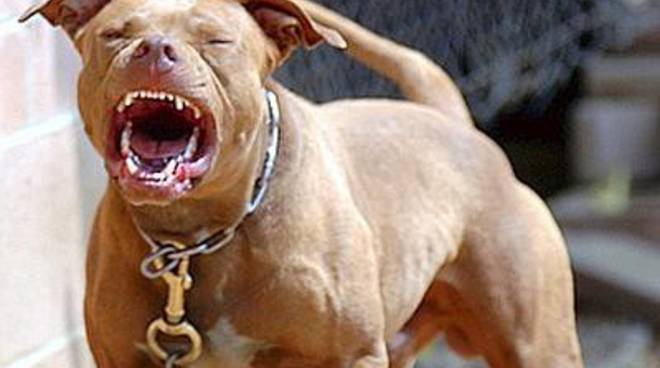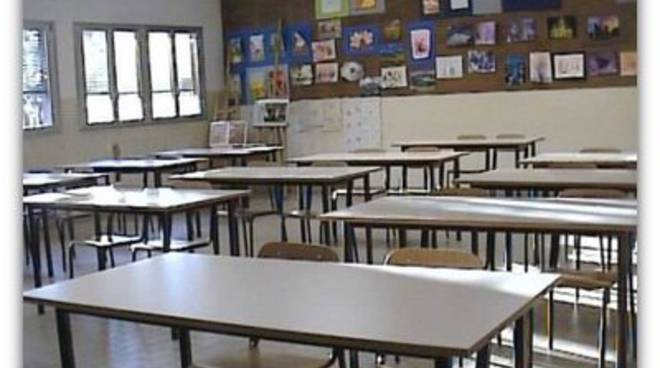I 100 anni dalla nascita dello scultore Marcello Jovine, ricordato con una targa a Positano
Scultore italo-americano, meglio conosciuto come il creatore dei giocattoli "The Visible Man" e "The Visible Woman"
Più informazioni su

Quest’anno 2021 ricorrono i 100 anni dalla nascita dello scultore italo-americano Marcello (Marcel) Jovine, meglio conosciuto come il creatore dei giocattoli “The Visible Man” e “The Visible Woman”; ricordato a Positano con una targa sulla Via Positanesi d’America, la strada di collegamento della Spiaggia grande con la spiaggia di Fornillo, targa che probabilmente è stata posta per volere dei familiari di Jovine, in occasione della morte avvenuta nel 2003.
I cenni sulla vita dello scultore li possiamo trarre da Wikipedia :
Marcel Jovine (1921 – 20 gennaio 2003), era uno scultore americano di origine italiana, meglio conosciuto come il creatore dei giocattoli “The Visible Man” e “The Visible Woman”. Ha anche creato il sigillo municipale per il distretto di Closter, New Jersey, dove risiedeva. Jovine è nato a Castellammare di Stabia, in Italia, ed è cresciuto a Napoli, in Italia, e ha seguito corsi di disegno mentre frequentava l’Accademia militare italiana. Fu catturato in Nord Africa mentre prestava servizio con l’esercito italiano. Come prigioniero di guerra in un campo in Pennsylvania, ha usato le sue abilità di disegno per creare disegni e sculture. Ha incontrato la sua futura moglie, Angela D’Oro, dopo averla vista esibirsi al piano per i prigionieri di guerra. Tornò negli Stati Uniti per sposare D’Oro dopo essere stato rilasciato dopo la conclusione della seconda guerra mondiale. Lui e sua moglie hanno acquistato una grande casa in stile vittoriano a Closter utilizzando i diritti d’autore guadagnati da una bambola chiamata “Evento benedetto” che è stata acquistata da lui dalla Ideal Toy Company. In un laboratorio nella sua casa di Closter, ha sviluppato giocattoli che includevano navi pirata e veicoli militari. I suoi modelli anatomicamente accurati, “The Visible Man” e “The Visible Woman”, creati all’inizio degli anni ’60, furono le sue creazioni più note. Passando alla progettazione di monete e medaglie negli anni ’70, Jovine progettò pezzi per le Olimpiadi invernali del 1980, per una moneta d’oro da $ 5 emessa nel 1987 per commemorare il 200 ° anniversario della Costituzione degli Stati Uniti e per il rovescio del dollaro d’argento del Centenario di Eisenhower del 1990 . Ha anche creato sculture in bronzo di cavalli notevoli che si distinguevano per il loro aspetto realistico. Jovine morì a Greenwich, nel Connecticut, all’età di 81 anni il 20 gennaio 2003, mentre faceva visita a sua figlia.
In occasione della sua morte, il New York Times gli ha dedicato un articolo, a firma di
Marcel Jovine, who shaped such popular toys as the Visible Man and the Visible Woman before becoming an award-winning designer of coins and a sculptor of racehorses, died last Monday in Greenwich, Conn., at the home of his daughter, Andrea Coopersmith. He was 81 and lived and worked in Closter, N.J. His family said his health had been declining for months. Though he never formally studied art, Mr. Jovine had been drawing, whittling and modeling since he was a boy in Naples, Italy. As a cadet at Italy’s military academy in Turin, he delighted in mechanical drawing and architectural drafting. And after he was captured by Allied forces in Africa in World War II, he whiled away his time as a prisoner of war in Pennsylvania by sketching and making sculptures.He also fell in love with an American pianist and singer named Angela D’Oro, who gave concerts for the prisoners. The two wrote to each other after peace came and Mr. Jovine was repatriated to Italy. Shortly after the war, he sailed back to the United States to marry Ms. D’Oro. At that point, he decided to try his hand at toys. After a few tries, he cooked up a rubberized plastic on the stove and used the fleshy material to produce a baby doll. The Ideal toy company liked his prototype and marketed his creation as the Blessed Event doll. It became a big seller and provided royalties that enabled Mr. Jovine to buy his large Victorian home in Closter. Mrs. Coopersmith remembers the third-floor studio where her father made toys and models as ”a magical place, something like Santa’s workshop.” His ideas sprouted from a playful imagination. Once he explained how on a hot, muggy day he draped a wet cloth over his head and, glimpsing himself in a mirror, thought he looked like a pirate. That was enough to lead him to design a pirate ship with a full crew sailing under the Jolly Roger, which turned into a commercial hit. Later he developed a line of tanks and weaponry based on declassified Army blueprints. But it was his anatomical models of men and women with removable plastic organs that were to be his most widely known creations. Visible Man came first, appearing around 1960, to be followed soon after by Visible Woman.Both models allowed for parental guidance and discretion and could be constructed with or without genitalia. Mr. Jovine also included optional parts for Visible Woman that could be used to simulate pregnancy. The trademarked Visible models were initially produced by Revell but have been manufactured by a succession of other companies over the last four decades.Mr. Jovine once explained that it was the early success of the Soviet space program that had inspired him to produce these models. ”I wanted to make hobby items that would teach something to the children who put them together.” In addition to the anatomical kits, he also designed a working model of a V-8 auto engine that could be assembled from plastic parts. Called Visible Engine, it too is still being made. By the late 1970’s, Mr. Jovine had given up toymaking to concentrate on numismatic sculpture. His studio became a place where he carved bas-reliefs and intaglios, making prototypes for coins and medals and preparing molds for minting.He made the Olympic medals used at the 1980 Winter Games in Lake Placid, N.Y. Two years later, the American Numismatic Society chose his design for its 125th anniversary medal. And in 1987 the United States Treasury selected his work for a $5 gold piece marking the bicentennial of the Constitution. That coin, made available only to collectors at a substantial premium over its face value, showed a stylized eagle with a quill pen in its talons on one side and the words ”We the People” on the other.Describing the commemorative work in the Coins column of The New York Times, Ed Reiter wrote, ”Mr. Jovine’s design is the most impressive work of coinage art to appear in this country in many years.”Mr. Jovine also started producing bronze statues of famous racehorses, including winning thoroughbreds like Affirmed, Seattle Slew, Spectacular Bid, Nashua and John Henry. He also received commissions from the owners of lesser-known mounts to capture their likeness and spirit in his distinctive pieces, which stood about 18 inches high.In addition to Mrs. Coopersmith, he is survived by another daughter, Marcia, of Washington; and a grandson, Alexander.
A version of this article appears in print on Jan. 27, 2003, Section A, Page 23 of the National edition with the headline: Marcel Jovine, 81; Designed Toys and Coins








